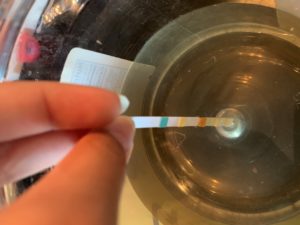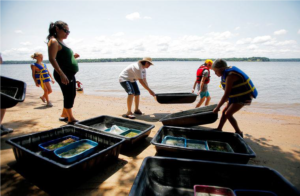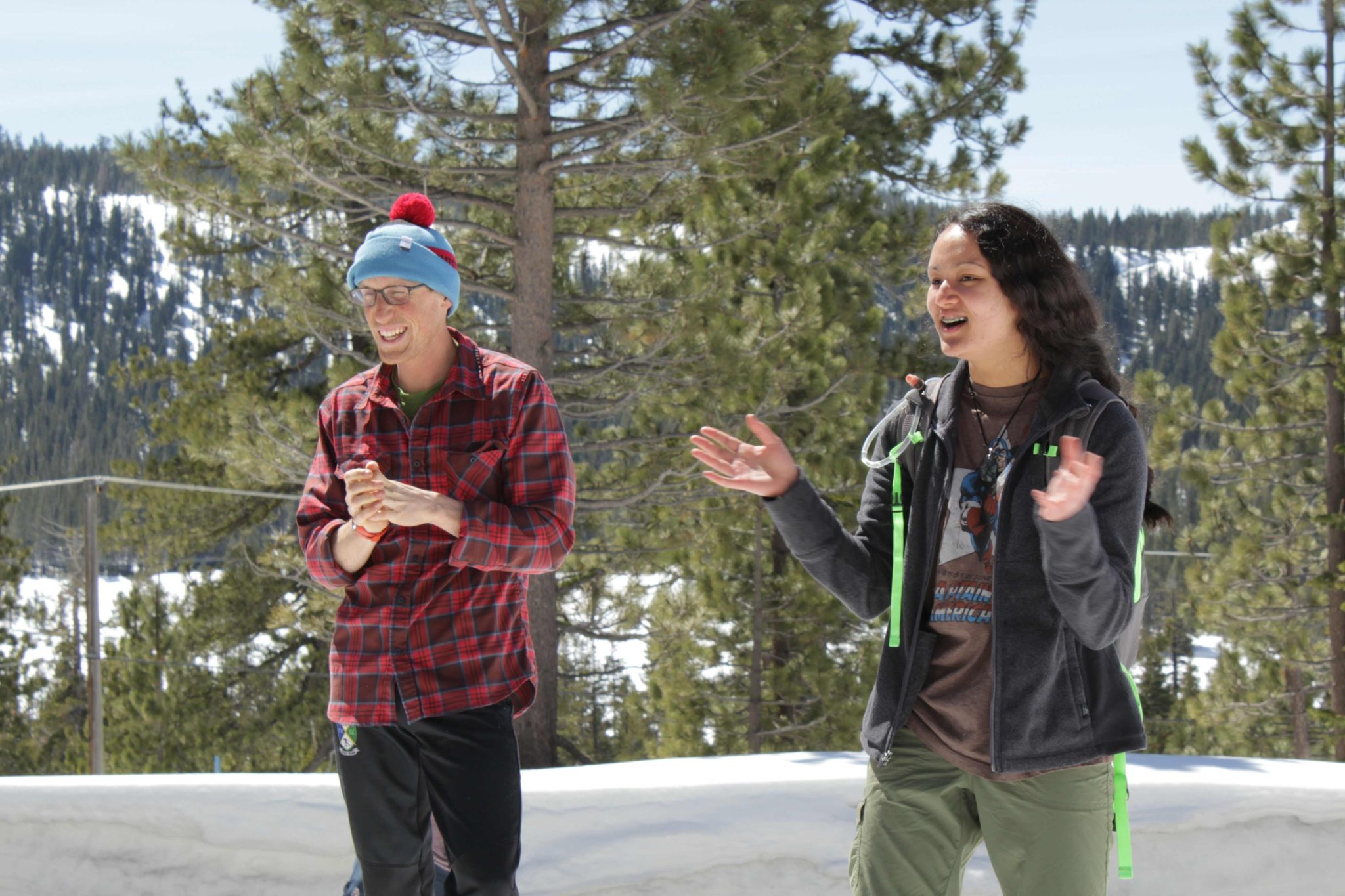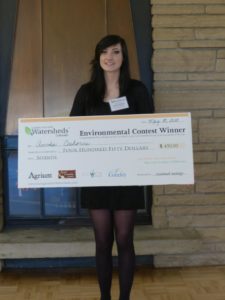2023, CINCINNATI, OH, USA
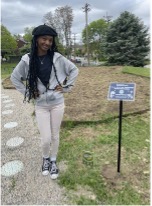
Ladasia Faulkner, a junior at Spencer Center, planted a native prairie species garden on her school’s campus. She did this because the campus had very low biodiversity, clay-like soil, and few deep root systems. These caused runoff whenever it rained, which then eroded the land and polluted the watershed. She, along with many volunteers, built both an education garden and a wild restoration area on the hillside between the bus pickup area and the staff parking lot. She has fully planted the restoration area and will be starting the plants for the education garden inside this winter to be transplanted in the spring. She also created educational books to pair with the educational garden so that students and staff can learn about each plant individually before looking for them in the wild restoration area. By using many volunteers, Ladasia gained many community connections that will be able to partner her and the school in maintaining the garden and expanding the impact. She provided seed packets to many of these volunteers who were interested in creating their own prairie restoration gardens.
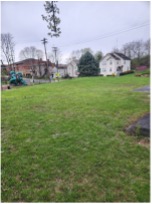
Through her efforts, Ladasia was able to target many of the UN’s sustainable development goals but she felt that her work addressed #15, life on land, the most. She is restoring the school’s biodiversity loss with the addition of 21 new native plant species. This addition will continue to increase the biodiversity by attracting other native animal species, including many critical pollinator species, such as the endangered Monarch butterflies.
One big take away Ladasia has learned from this experience is that with the power of community, anything is possible. Many volunteers, including Ladasia herself, had never gardened before and learned a lot about setting up, planting, and maintaining a garden along with the amazing ecological benefits that come with it. Hopefully this project has inspired hundreds of new gardeners that can further protect our watershed. Ladasia was able to achieve her goals and make an impact that will better the watershed for many years to come.

